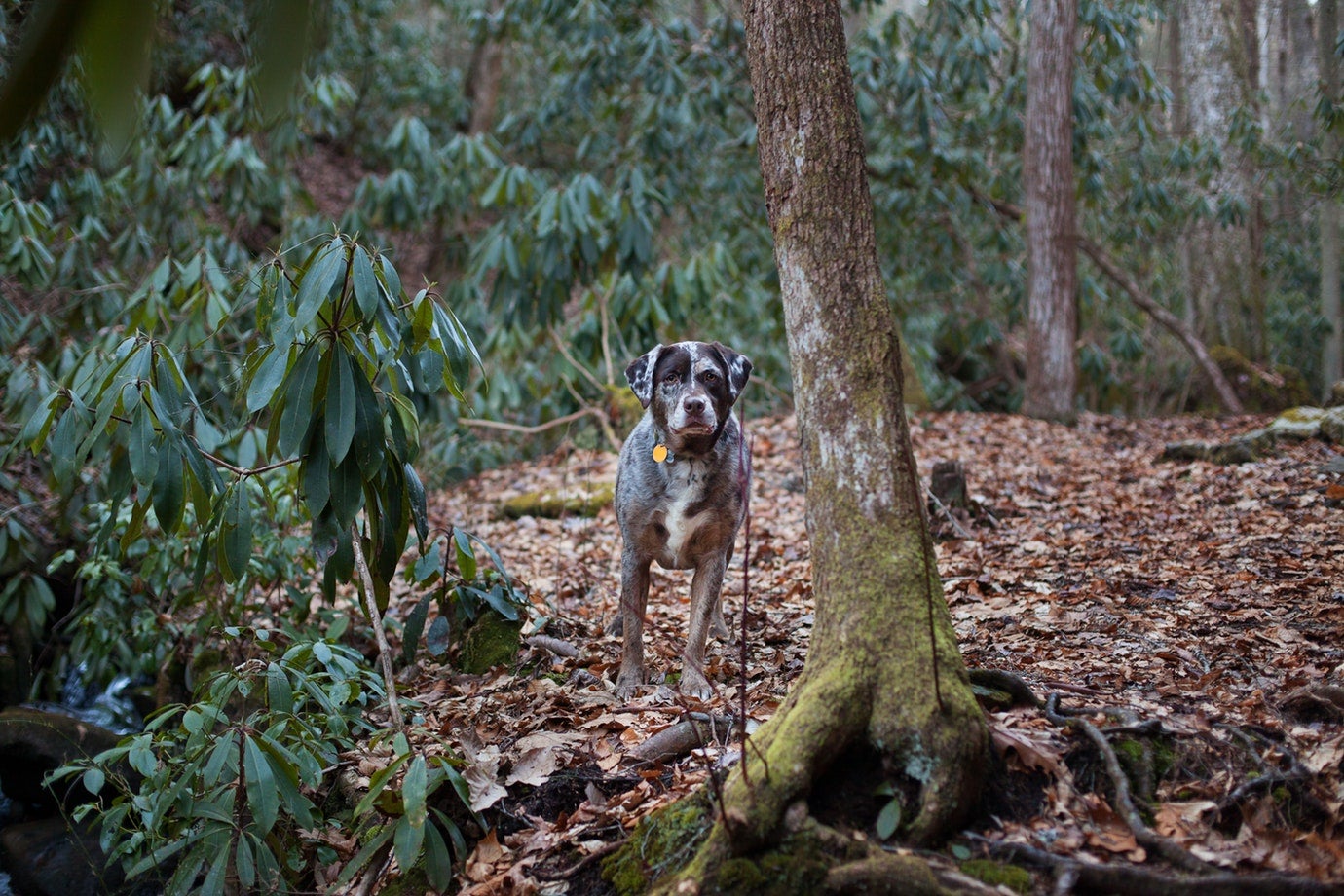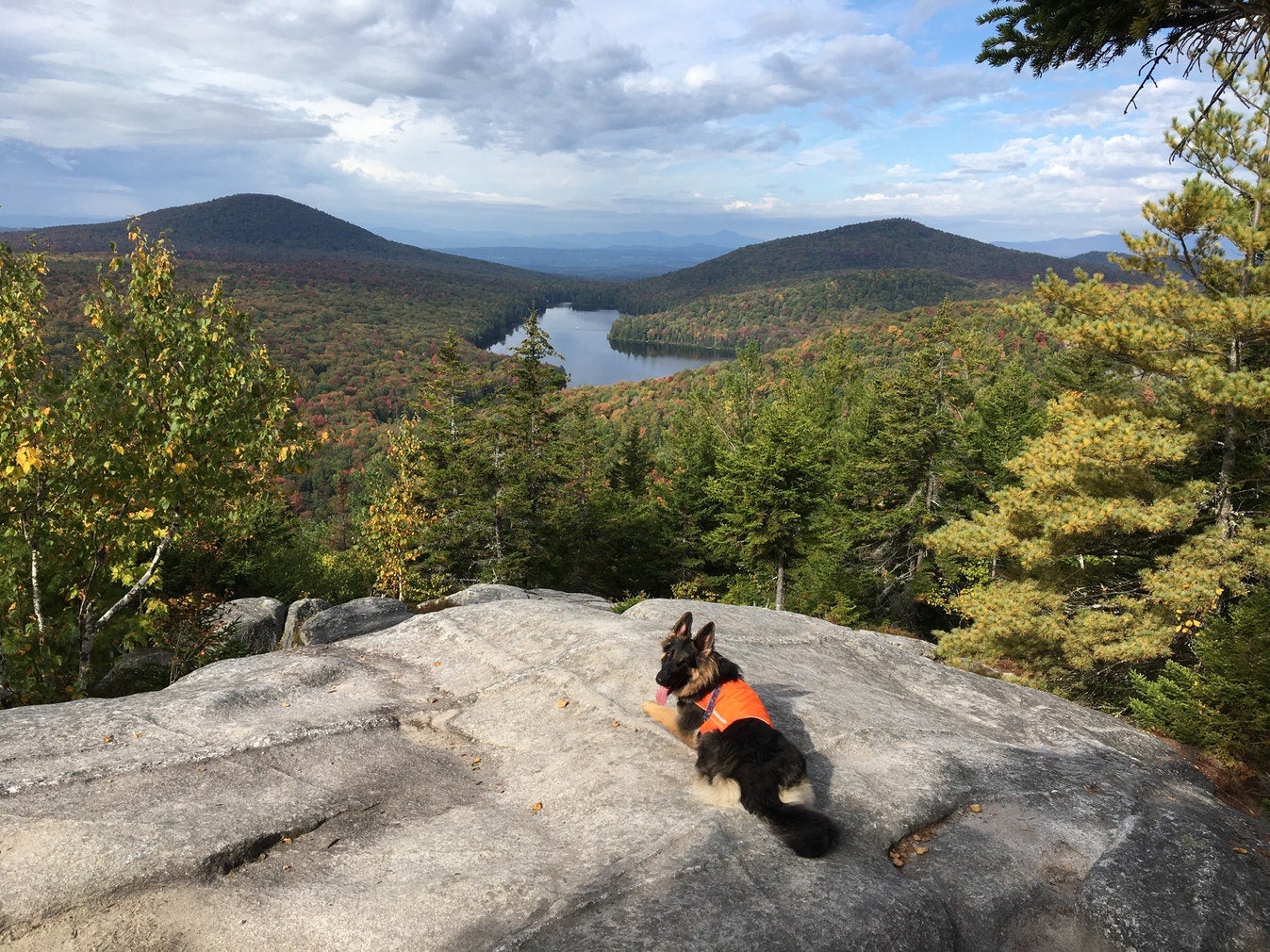It’s a common misconception that altitude and climate do not affect our pets as much as they do us humans. However, when it comes to altitude, the truth is quite different. Altitude can indeed have an effect on dogs, and it’s important for pet owners to understand how it can affect their furry friends. Altitude can affect a dog’s overall health, from breathing to digestion and even behavior. In this blog post, we’ll dive deep into how altitude and climate can impact dogs, and what pet owners need to do to keep their canine companions happy and healthy in high-altitude settings. We’ll also discuss the symptoms of altitude sickness in dogs and how to identify and treat it. With the right information and precautions, pet owners can ensure their furry friends are safe and comfortable no matter the altitude.
Acclimatization walks
Stop every few thousand feet while ascending to a high altitude with your dog and go for a quick, five to ten minute walk. These acclimatization walks will assist you in adjusting to the thin air with your dog.
Make sure your dog isn’t overexerting themselves by keeping an eye on their breathing and energy level. Ideally, you should ascend gradually from sea level to altitudes of over 10,000 feet over a period of days.
Not all altitude sickness symptoms signify that your pet is in danger.
Keep a close eye on your dog to make sure symptoms don’t worsen; it’s normal for your pet to feel unwell or out of breath.
There are several ways to relieve your dog’s discomfort while they adjust in the interim.
Your dog may be experiencing ear popping if you see them pawing at their ears repeatedly. As you ascend to a higher altitude, give your dog something to chew on to help pop their ears and ease the discomfort.
The best way to prevent and treat the signs of altitude sickness is with adequate hydration.
Our dogs must drink more water than they normally would because we are unable to explain this to them.
Add liquids directly to your dog’s food if they won’t drink on their own.
For every pound of body weight they have, dogs need at least 1 ounce of water, and they also need at least 1 5 times that in high altitude, so make certain your dog always has access to fresh water.
Limit the amount of exercise you give your dog during the first few days in high altitude. The time is not right to embark on a 10-mile hike.
If necessary, keep them on a leash for the first few days to make them slow down as they get used to the altitude.
While hiking, pause frequently to let your dog rest and catch their breath, and keep an eye on their panting level.
Spotting the Signs of Altitude Sickness in Dogs
Your dog may initially seem “off” or “out of sorts” when you’re at a higher altitude. Keep a close eye when you’re climbing because if canine altitude sickness is not recognized and treated, it can quickly develop into a veterinary emergency.

Similar to humans, dogs also experience altitude sickness because the concentration of oxygen molecules decreases as altitude increases. As a result, the body must adjust to breathing in less oxygen. Up until the body is able to adjust to the elevation, breathing and heart rate will naturally increase. So the key to preventing altitude sickness in your dog is to give him time to adjust.
Any of the following can be signs of canine altitude sickness:
It’s crucial to closely monitor your pet because some of these symptoms may be subtle or easily confused with those of other illnesses.

Dr. Dogs with underlying or undiagnosed cardiac and respiratory issues are more vulnerable to altitude sickness, according to Ben Nelson, DVM in Las Vegas, New Mexico. ”.
Senior dogs are at risk because they frequently have issues that have grown over time and that their owners were previously unaware of.
Your pet needs to be seen by a veterinarian right away if these symptoms don’t go away once it is at a lower elevation. The signs of high altitude sickness can become life-threatening if not treated right away.
Pets can experience altitude sickness, just like people, because the amount of oxygen in the air decreases as altitude increases. The following signs could manifest as a pet’s body tries to make up for the drop in oxygen:
Reduce your pet’s activity and provide water right away if it exhibits any of these symptoms of altitude sickness, and then relocate your pet as soon as you can to a lower elevation (below 8,000 feet).
It’s a great way to pass the time, develop our relationships with our pets, and stay in shape to share our mountain experiences with them. It is our hope that you will use our advice to make your mountain adventures safer now that you are aware that pets can and do experience the same side effects of altitude sickness as we do.
Pets can experience many of the same symptoms as people when their altitude rises, including many of the same symptoms. If left untreated, altitude sickness in animals can result in a potentially fatal buildup of fluid in the brain and lungs, particularly if the animal is performing any sort of physical activity.
FAQ
How do I know if my dog has altitude sickness?
- Shortness of breath.
- Vomiting/nausea.
- Loss of appetite.
- Increased heart rate.
- Pale gums.
- Swelling of face, limbs.
- Excessive panting or drooling.
- Bleeding from the nose.
How do dogs adjust to altitude?
Similar to humans, dogs also experience altitude sickness because the concentration of oxygen molecules decreases as altitude increases. As a result, the body must adjust to breathing in less oxygen. Up until the body is able to adjust to the elevation, breathing and heart rate will naturally increase.
What elevation is too high for dogs?
Both dogs and humans can experience altitude sickness when exposed to a lack of oxygen and changes in air pressure at altitudes higher than 8,000 feet above sea level.
How long does it take for a dog to adjust to elevation?
12 to 24 hours after exposure to higher elevations, symptoms may start to appear. You and your pets may need a few days to acclimate to the higher altitude if you recently moved to a location that is not accustomed to it.
